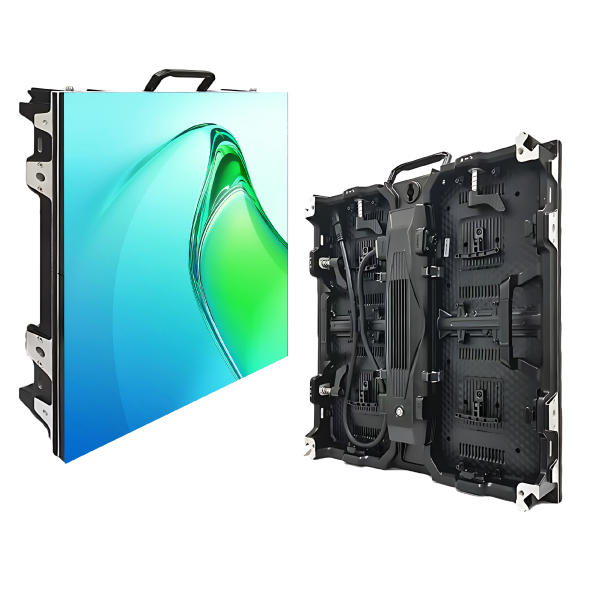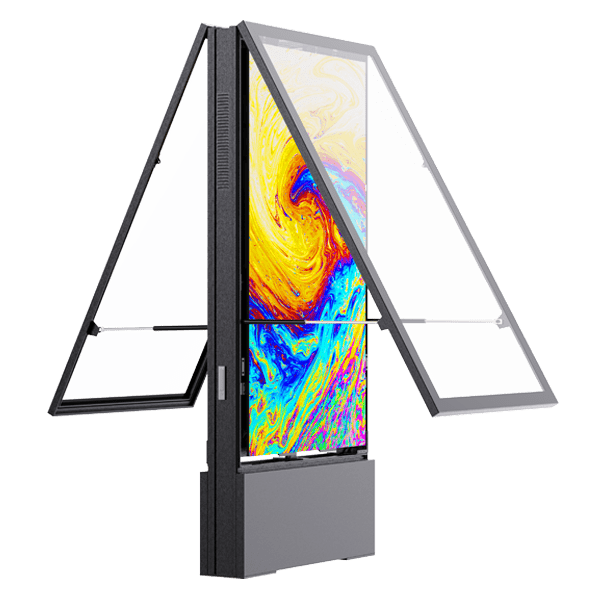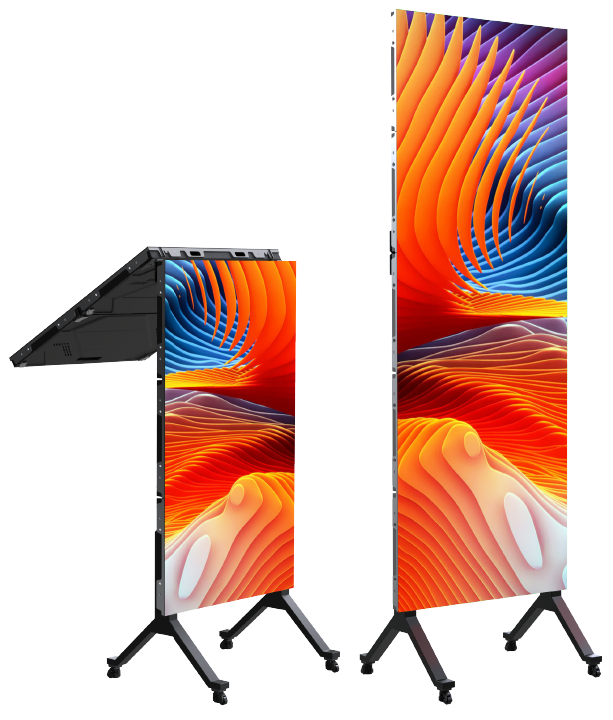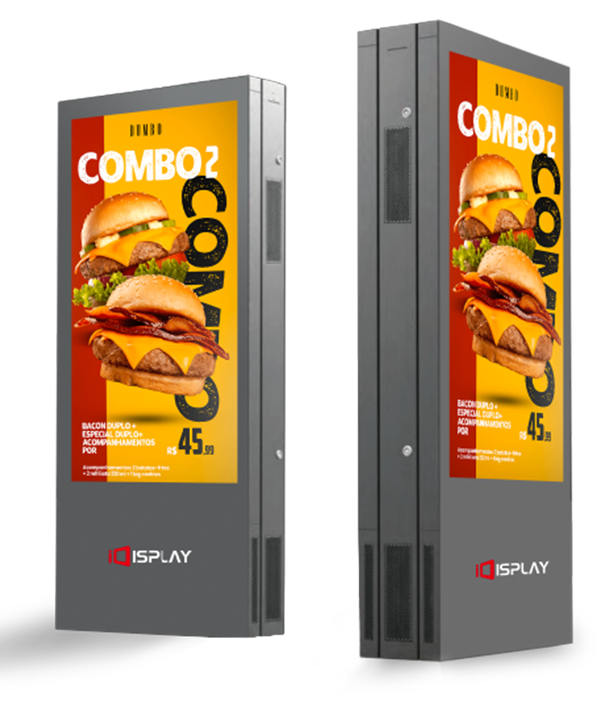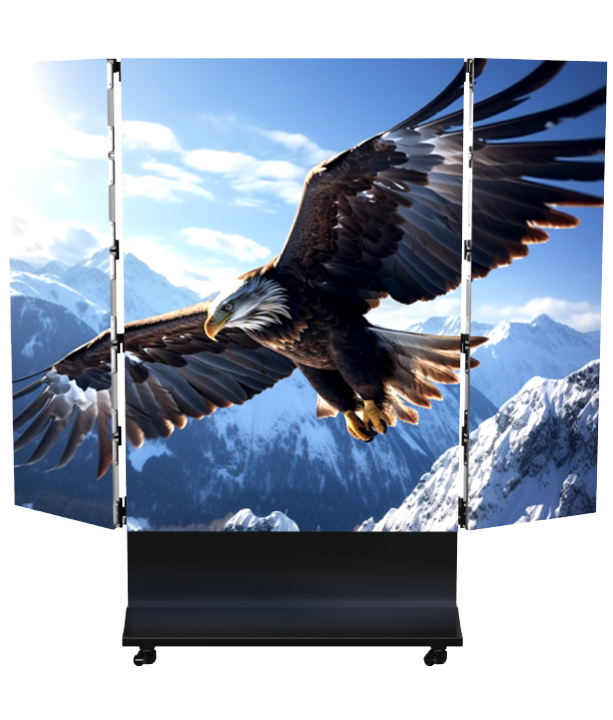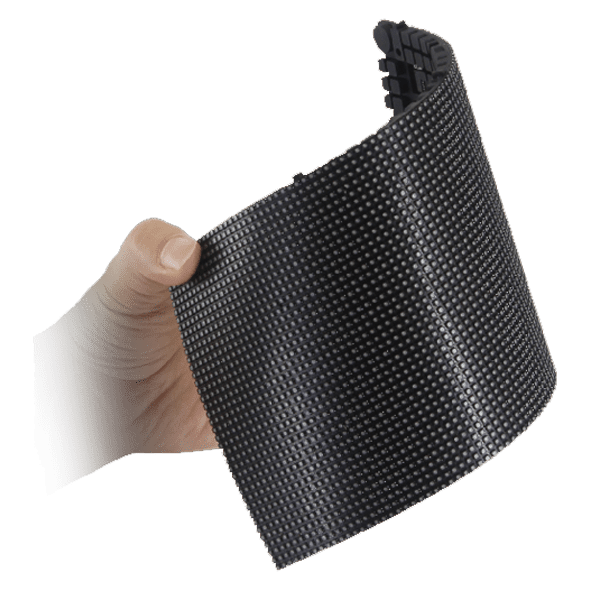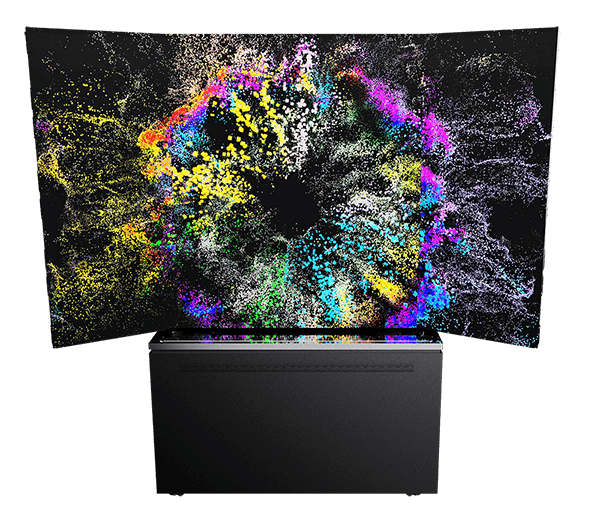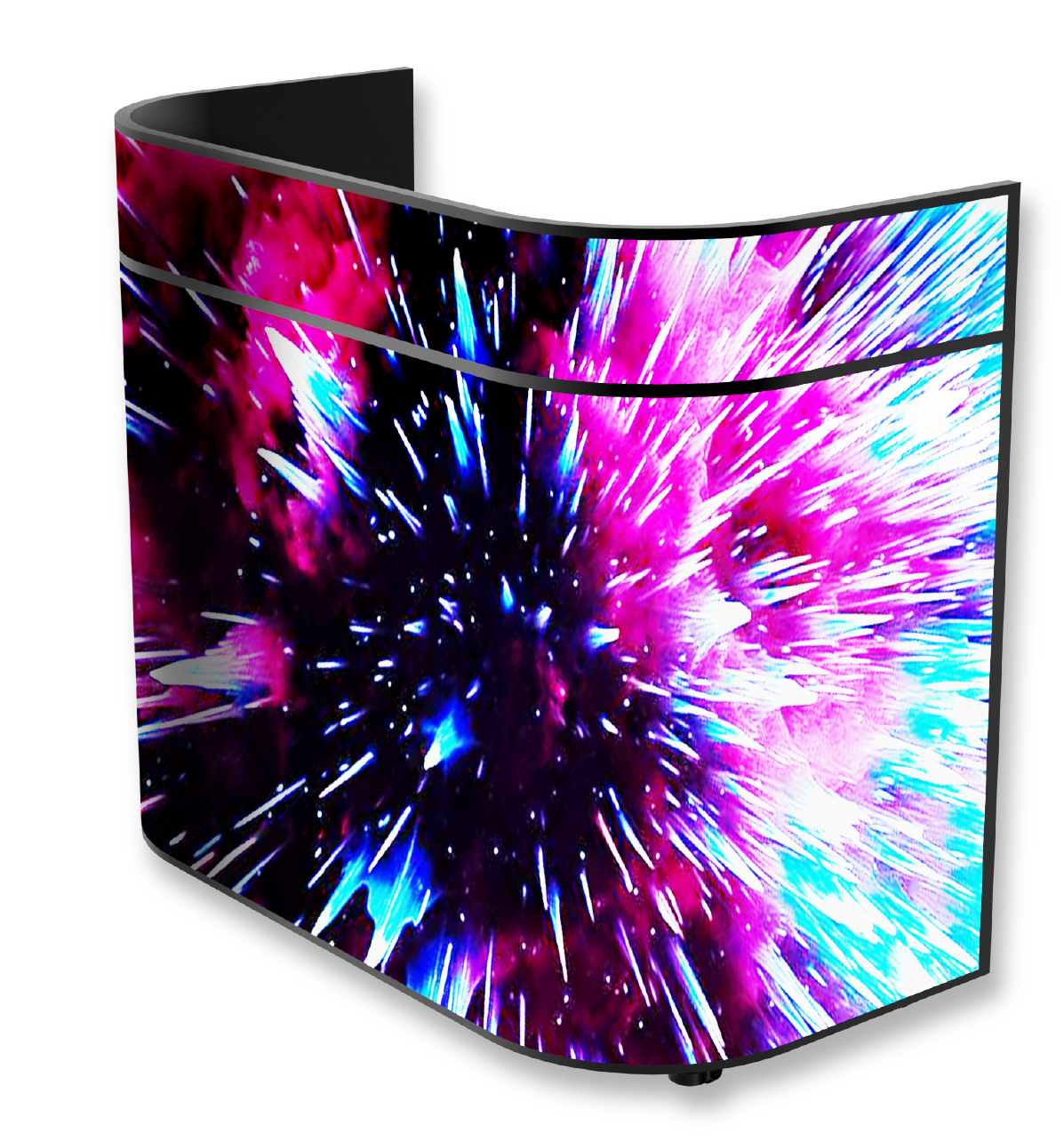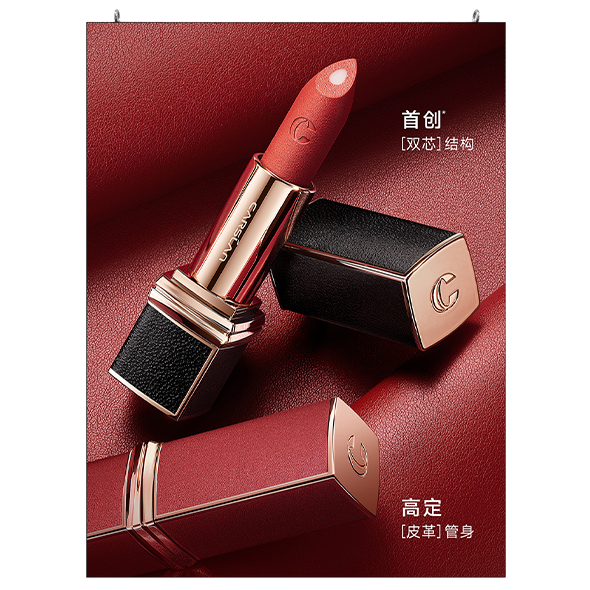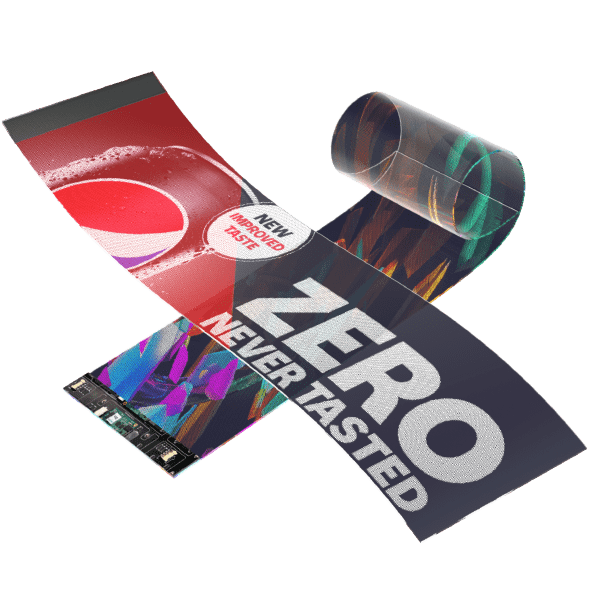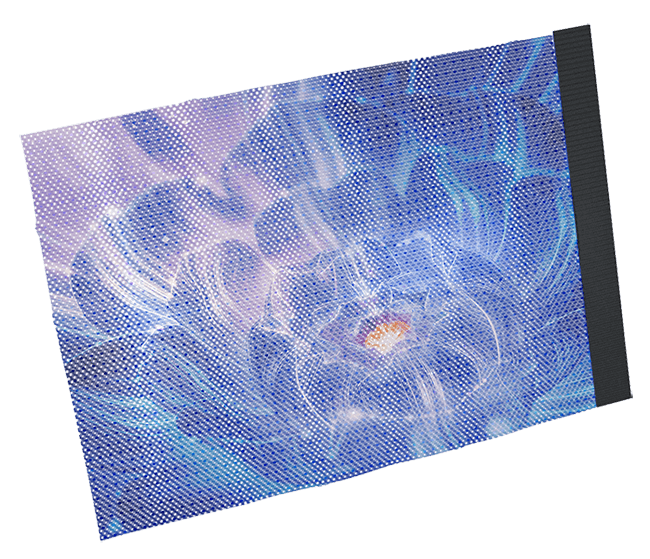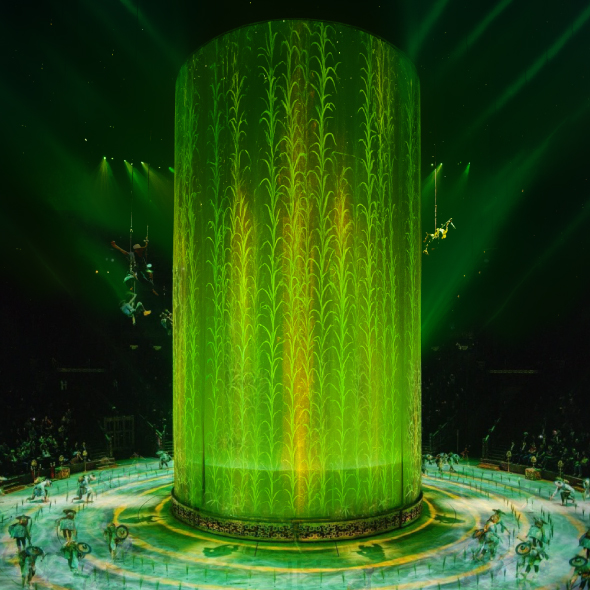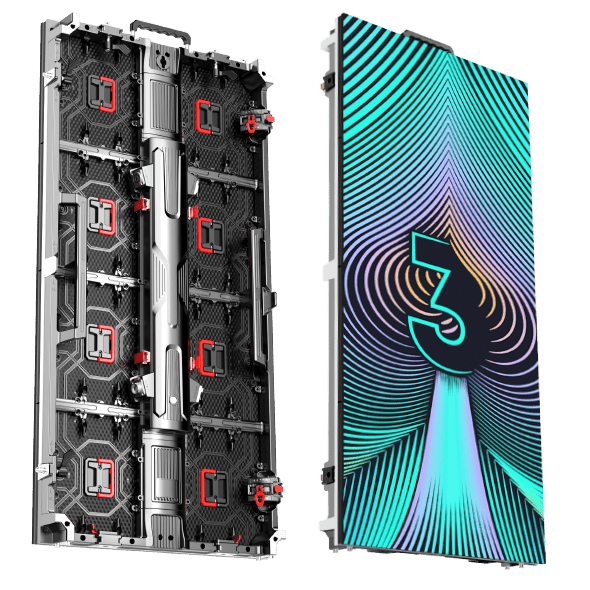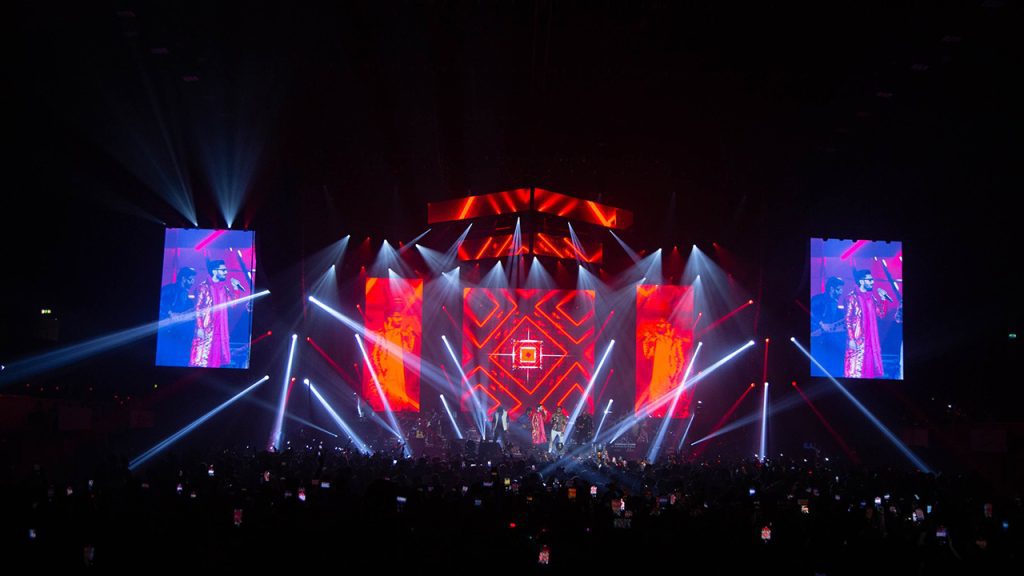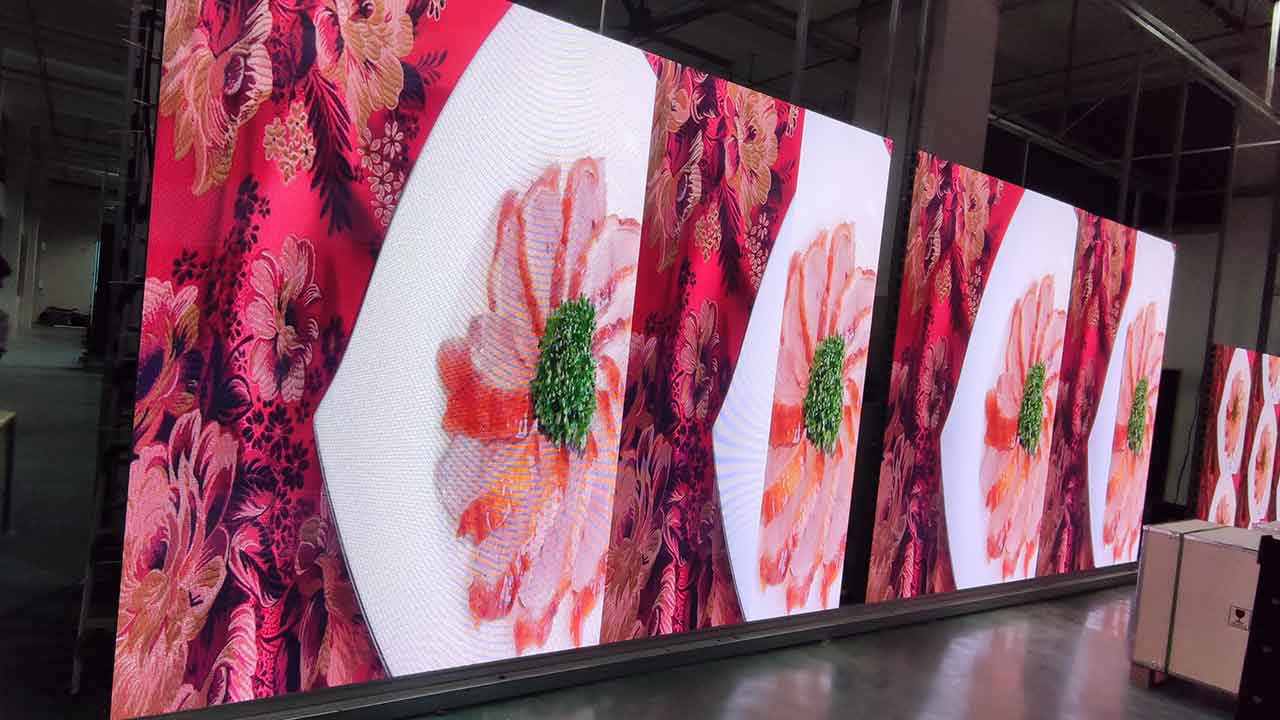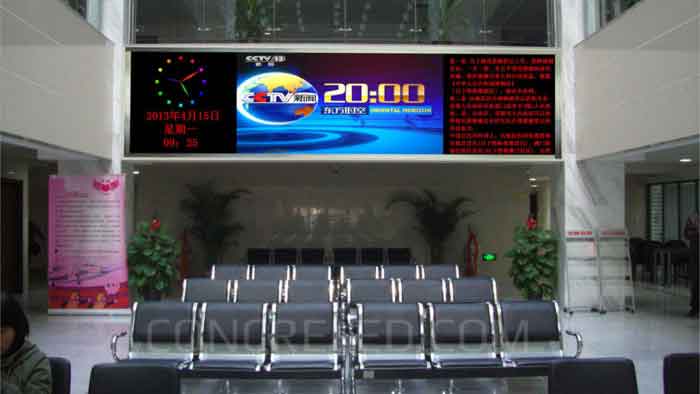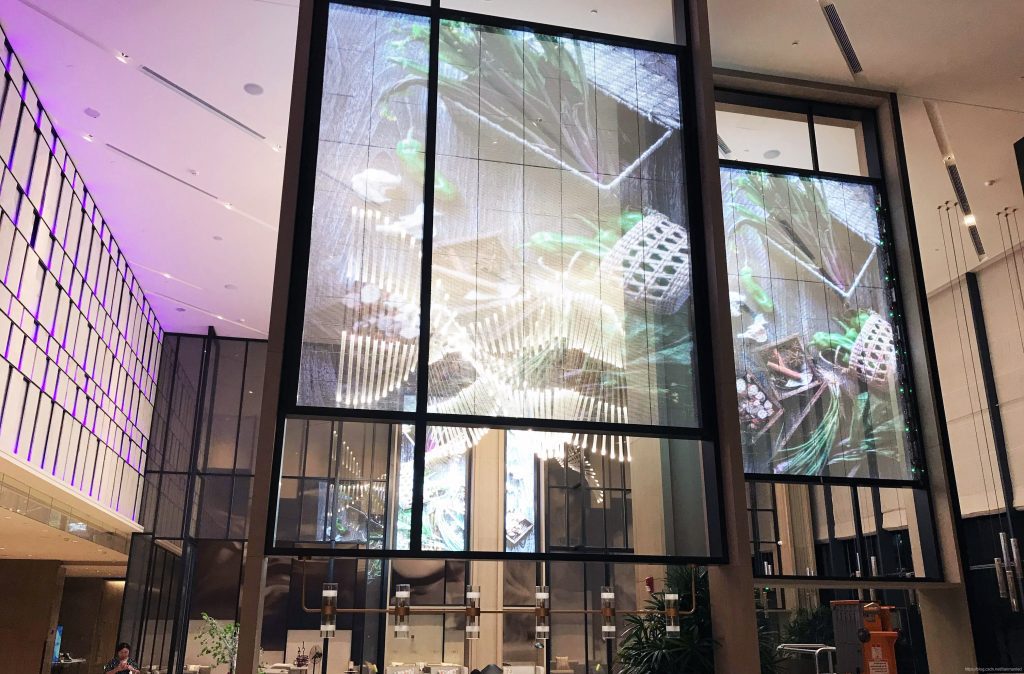
The continuous advancements in technology in recent years have revolutionized various aspects of our lives, including the way information is disseminated and displayed. LED displays have emerged as a popular choice in the field of visual communication due to their high resolution, enhanced brightness, and energy efficiency. As the demand for more innovative and flexible display solutions grows, transparent film LED displays have gained significant attention in the industry. These cutting-edge displays offer unique opportunities for creative advertising, architectural design, and interactive displays. This essay aims to explore the development of LED displays and delve into the intricacies of transparent film LED displays, shedding light on their features, applications, and potential impact on various industries. By examining the evolution of LED technology and the emerging trend of transparent film LED displays, we can gain a deeper understanding of the transformative power of these display solutions and envision their future potential.
II. Historical Overview of LED Display Development
The historical development of LED displays can be traced back to the mid-20th century when the first LED (light-emitting diode) was invented by Nick Holonyak Jr. in 1962. Initially, LEDs were mainly used as indicator lights in electronic devices due to their small size and low power consumption. However, with further advancements in LED technology, researchers and engineers began exploring the idea of using LEDs for larger display applications. The first practical application of LEDs in displays can be seen in the late 1970s and early 1980s when single-line alphanumeric LED displays started to appear in consumer products such as calculators and digital watches. These displays were made up of individual LEDs arranged in a matrix, allowing the formation of characters and numbers. As the technology improved, LED displays became more versatile and widely used in various industries, such as signage, advertising, and entertainment. The introduction of full-color LED displays in the 1990s marked a significant milestone in LED display development as it offered greater visual impact and versatility in terms of color reproduction. Furthermore, the development of transparent film LED displays in recent years has opened up new possibilities for integrating displays into architectural designs and enhancing visual experiences in various settings. Overall, the historical development of LED displays has been characterized by continuous innovation and improvement, leading to the emergence of highly sophisticated and visually stunning display solutions.
III. Advancements in LED Display Technology
One advancement in LED display technology is the development of transparent film LED displays. This innovative technology allows for the creation of display screens that are completely transparent when not in use, and can seamlessly blend into the surrounding environment. Transparent film LED displays are made possible through the use of transparent LED chips and specially designed circuitry, which makes the traditional opaque display components transparent. This advancement opens up numerous possibilities for applications in various fields, including architecture, retail, and advertising. For example, transparent film LED displays can be used to create striking visual effects on building facades, transforming them into dynamic, interactive canvases. Additionally, they can be incorporated into retail store windows, enabling retailers to showcase products in an engaging and eye-catching manner. With their ability to provide high-quality visuals while maintaining transparency, transparent film LED displays represent a significant advancement in LED technology.
IV. Transparent Film LED Display: Definition and Features
Transparent film LED displays are a recent development in the field of visual communication and digital signage. As the name suggests, these displays are both transparent and flexible, providing a unique and innovative way to showcase content. The key feature of transparent film LED displays is their ability to maintain transparency even when displaying images or videos. This is achieved through the use of transparent LED screen technology, which allows the display to seamlessly blend with its surroundings. Another notable feature of transparent film LED displays is their lightweight and flexible design, making them easy to install and modify. Additionally, these displays offer high-definition image quality, ensuring that the content appears vibrant and clear. Overall, transparent film LED displays have the potential to revolutionize the way we interact with digital signage, offering a dynamic and visually stunning platform for displaying information and advertising.
V. Applications and Benefits of Transparent Film LED Display
Transparent film LED displays have a wide range of applications and offer numerous benefits that make them highly sought after in various settings. One major application of these displays is in the retail industry, where they can be used in shop windows to display eye-catching advertisements and promotional content. These displays provide a unique and captivating way to attract customers and enhance the shopping experience with their stunning visual effects. In addition to retail, transparent film LED displays are also widely utilized in the architecture and design industry. They can be integrated into building facades, providing an innovative solution for incorporating digital content into the physical environment. Furthermore, these displays have found their place in the entertainment industry, being used in concerts, festivals, and other live events, adding a dynamic element to the stage and enhancing the overall performance. The benefits offered by transparent film LED displays are numerous. Firstly, their transparency enables them to seamlessly blend with the surrounding environment, allowing for an unobstructed view from both sides. This feature is particularly beneficial in places where maintaining visibility is crucial, such as airports, train stations, and museums. Additionally, these displays are lightweight and flexible, making them easy to install and integrate into various structures. Furthermore, they are energy-efficient, consuming less power compared to traditional LED displays. This not only reduces energy costs but also contributes to environmental sustainability. With their versatile applications and multitude of advantages, transparent film LED displays are at the forefront of modern display technology and are set to revolutionize the way information and digital content are presented in various industries.
VI. Challenges and Future Prospects of Transparent Film LED Display
In addition to the numerous advantages presented by transparent film LED displays, there are also certain challenges that must be addressed for their widespread adoption. One of the major challenges is the issue of durability. Transparent film LED displays are inherently more delicate than traditional LED displays, as they are built on a flexible and thin film substrate. This makes them susceptible to damage from physical impact and environmental factors such as moisture and dust. Additionally, the transparency of these displays requires a high level of optical clarity, which may be compromised over time. Another challenge that needs to be overcome is the cost of production. Currently, transparent film LED displays are more expensive to manufacture compared to traditional displays due to the complex materials and manufacturing processes involved. However, it is expected that as the technology continues to evolve and becomes more widely adopted, the cost will decrease. Despite these challenges, the future prospects of transparent film LED displays are promising. With ongoing research and development, it is anticipated that the issues of durability and production cost will be resolved. In the future, transparent film LED displays may become a ubiquitous technology, finding applications in various industries such as retail, advertising, and architecture. Their ability to blend seamlessly with the surrounding environment while providing high-quality and dynamic visual content makes them a compelling choice for next-generation displays.
In conclusion, the development of LED displays has revolutionized the field of technology, providing significant advancements in various industries and sectors. Transparent film LED displays, in particular, have emerged as a promising innovation in signage and advertising. With their ability to seamlessly blend into the surrounding environment and generate eye-catching visuals, transparent film LED displays have captured the attention of businesses and consumers alike. However, challenges such as high costs and limited applications still remain. As technology continues to evolve, it is expected that these limitations will be addressed and transparent film LED displays will become more accessible and versatile. Ultimately, the ongoing development of LED displays, including transparent film LED displays, holds great potential for transforming how information is conveyed, driving economic growth, and shaping the future of various industries.











